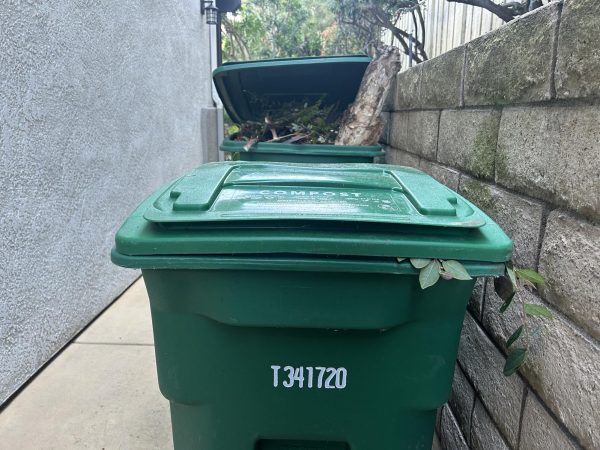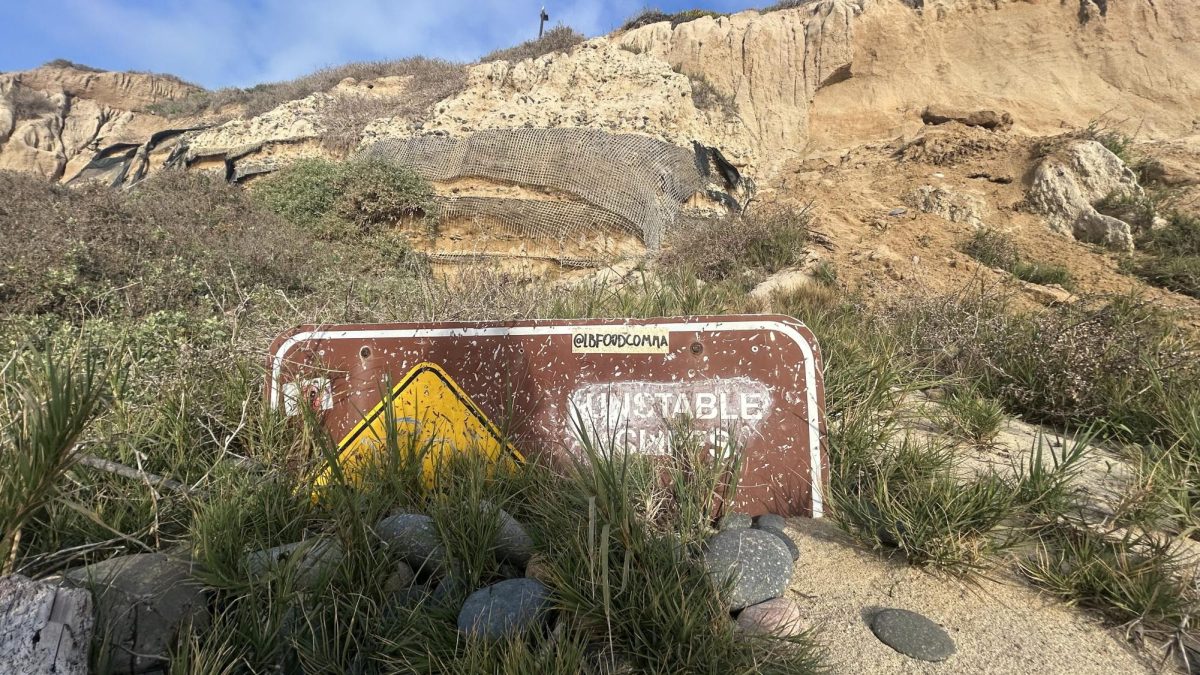As temperatures skyrocket around the globe, rising over 2 degrees Fahrenheit worldwide, communities have been forced to adapt to ensure their continued survival. One such community, Carlsbad, California, a coastal city of 100,000, is particularly at risk of climate change due to its proximity to the ocean.
According to the California Ocean Protection Council, sea levels are projected to rise throughout the state by 2.4 to 6.9 feet by the year 2100. Rising ocean levels have led to the erosion of the coastal bluffs that have long protected Carlsbad. Over the past 22 years, a report from the San Diego Association of Governments (SANDAG) has shown that the bluffs have lost over 2 feet of width annually. For the city of Carlsbad, this could spell out the destruction of the coastal ecosystem, the bluffs and beaches that protect the city from the harsh ocean waves.
To prepare and attempt to halt this from happening, the City of Carlsbad developed a Climate Action Plan (abbreviated CAP) in 2015. Climate Action Plan Administrator Katie Hentrich gained leadership over this plan two years ago, and since then has been working diligently to achieve results.

“At its simplest, the goal of the climate action plan is to reduce the number of greenhouse gas emissions in the City of Carlsbad,” said Hentrich, “[It] helps Carlsbad do its part to combat [climate change].”
Throughout the past few years, the CAP has directed the city to restructure parts of its operations, encourage alternative forms of transportation such as biking and walking, switch to renewable energy options and require its residents to compost. Its ultimate goal is to reduce greenhouse gas emissions by 85% by the year 2045.
But the plan continues to grow older and has gone over eight years without any revisions. As Hentrich puts it, “In climate action planning terms, eight years is a pretty long time.”
In general, Climate Action Plans should be updated every five years, according to the state of California. To fix this issue, Hentrich is leading the charge to bring the project up to date.
“The plan goes so far out into the future, and you’re kind of, you know, making the best educated guess you can at the time, but then, within five years, you know a little bit more,” said Hentrich.
Hentrich spent much time revising the plan. Among those revisions is a push to get community members more involved, as she acknowledged that many residents don’t even know that the city has a Climate Action Plan.
“I want to have it be something that if people are looking at, they’ll understand what they can do to get involved because that’s probably the number one question I get,” said Hentrich.
Recently, during a November 2023 City Council meeting, Hentrich briefed council members and attendees on the proposed revisions and how they will benefit the community. During the meeting, 12 residents voiced their opinions on the proposed updates. Many supported the revisions, indicating that the future generations of Carlsbad would benefit immensely from reduced emissions.
One resident, Ali Williams, showed her support for the plan and indicated that while the current CAP was a start, there is still more that needs to be done.
“We need to do all that we can to protect our future,” Williams said, “I want to be here in the future and I want more generations to come.”
Another resident, Linda Daniels, highlighted the urgency of the current climate crisis. “Our planet is dying,” Daniels said, “That’s the reason the City of Carlsbad declared a climate emergency two years ago. That’s the reason we are here today making a Climate Action plan that will help us not only meet the state-mandated goals but also improve our quality of life.”
However, not all residents were in favor of the proposed updates. Carlsbad local Mike Borrello stated, “I don’t consent. I’m a taxpayer, and I won’t pay for this stuff,” and said that “there is no climate emergency.”
He went on to explain how he believed the CAP would affect the local economy: “In the hyperinflation that we’re experiencing right now, we can’t afford programs like [this].”

But Hentrich remains firm in her support of the revisions. She recognizes that if changes are not made soon, Carlsbad could suffer devastating consequences down the road.
An input process that occurred in 2015 also made clear that the Carlsbad public realized the need for action. According to Hentrich, “one of the top things that was important to [the community] was sustainability. So this just goes to show that we are doing something that the community values.”
As cities in San Diego and nationwide grapple with a changing climate, it is clear that Carlsbad is trying to do all it can to stay ahead of the consequences.
The Carlsbad City Council is set to vote on these proposed revisions in early 2024. In the meantime, Hentrich encourages the Carlsbad community to all participate in reducing greenhouse gas emissions:
“Even while doing something small may seem like it’s not impactful, those sorts of things do genuinely scale up.”









